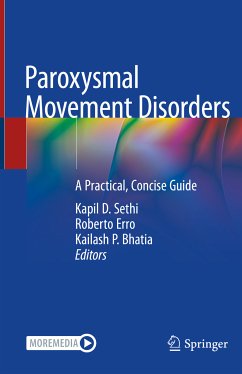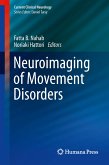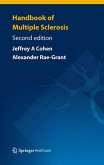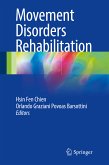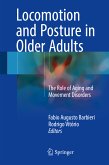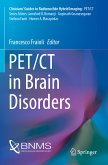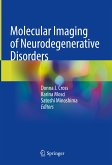This book addresses the challenges in the differential diagnosis and management of paroxysmal movement disorders. It provides the latest information on the genetics and pathophysiology, neurophysiology and neuroimaging of the core group of disorders in the field, namely the paroxysmal dyskinesias (PxD).
Focused and concise, this guide features chapters that discuss other conditions that may be paroxysmal such as, episodic ataxia, startle syndromes and other more complicated groups of paroxysmal movement disorders such as ATP1A3 spectrum disorders. A chapter on secondary (acquired) paroxysmal dyskinesia highlights medical and other disorders that may result in paroxysmal dyskinesia. The book features a particularly nuanced chapter that discusses recent discoveries in the genetic aspects of PxD, relaying that paroxysmal dyskinesias are not channelpathies, but in fact are synaptophies and transportopathies. Additionally, expertly written chapters are supplemented by high quality images, tables, and videos.
Paroxysmal Movement Disorders: A Practical Guide is primarily written to educate the reader on how to make a syndromic diagnosis of paroxysmal movement disorders and how to build the diagnostic work-up accordingly, as well as how to manage patients with paroxysmal movement disorders.
Dieser Download kann aus rechtlichen Gründen nur mit Rechnungsadresse in A, B, BG, CY, CZ, D, DK, EW, E, FIN, F, GR, HR, H, IRL, I, LT, L, LR, M, NL, PL, P, R, S, SLO, SK ausgeliefert werden.

